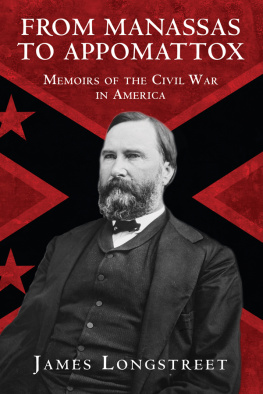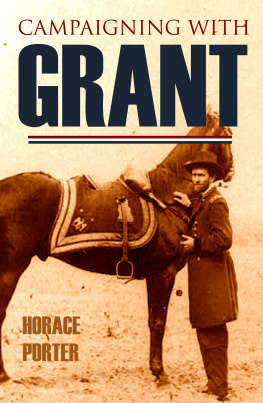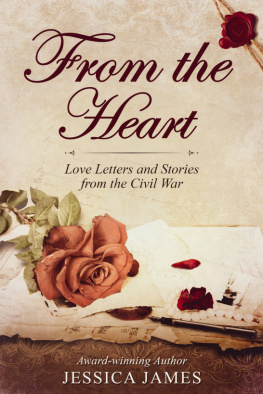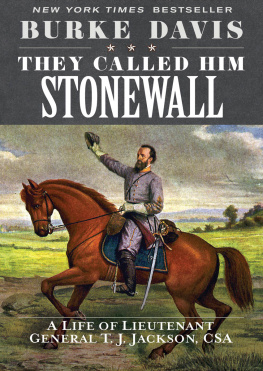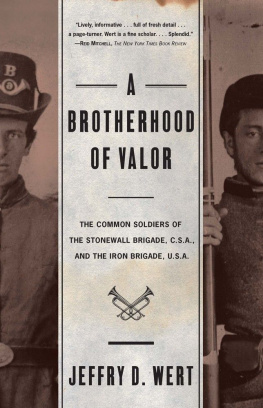This edition is published by Papamoa Press www.pp-publishing.com
To join our mailing list for new titles or for issues with our books papamoapress@gmail.com
Or on Facebook
Text originally published in 1960 under the same title.
Papamoa Press 2018, all rights reserved. No part of this publication may be reproduced, stored in a retrieval system or transmitted by any means, electrical, mechanical or otherwise without the written permission of the copyright holder.
Publishers Note
Although in most cases we have retained the Authors original spelling and grammar to authentically reproduce the work of the Author and the original intent of such material, some additional notes and clarifications have been added for the modern readers benefit.
We have also made every effort to include all maps and illustrations of the original edition the limitations of formatting do not allow of including larger maps, we will upload as many of these maps as possible.
BRAWLING BRASS, NORTH AND SOUTH:
THE MOST FAMOUS QUARRELS OF THE CIVIL WAR
Involving
Stonewall Jackson and A. P. Hill
Jos. E. Johnston and John B. Hood
Robert E. Lee and James Longstreet
George Meade and Dan Sickles
Phil Sheridan and Gouverneur K. Warren
John Pope and Fitz-John Porter
BY
HAROLD B. SIMPSON
COLONEL, UNITED STATES AIR FORCE
ABOUT THE AUTHOR
Colonel Harold B. Simpson has been a student of the Civil War for many years. Commissioned originally in the Horse Cavalry in 1940, he transferred to the Army Air Corps in 1941 and served in the Southwest Pacific Theatre during World War II with the Fifth Air Force.
He was instrumental in establishing Civil War Round Tables in Wiesbaden, Germany; Montgomery, Alabama; and Waco, Texas. He has served as President of the Wiesbaden and Montgomery groups and is, at the present time, serving as President of the Civil War Round Table of Waco. Colonel Simpson has written several monographs on the Civil War, lectured on the subject both here and in Europe, and at the present time is working on a definitive history of Hoods Texas Brigade.
Colonel Simpson has a Bachelors degree and two Masters degrees from the University of Illinois in the fields of Management and Political Science. He is a graduate of the Air Tactical School, Air Command and Staff School, Armed Forces Staff College and the Air War College. At the present time, he is assigned as the Comptroller for Headquarters, Twelfth Air Force, Waco, Texas.
FOREWORD
The War of the Sixties has probably had more written about it than any war in our history. It is estimated that there have been over 40,000 books written about this great conflict since Appomattox. Even with this tremendous production of written material, there still exists many facets of the war that the researcher has not fully explored or developed. This book concerns itself with such an areaan account of the bickering, quarreling and squabbling that existed in the high commands on both sides.
I realize that this small volume merely scratches the surface of a very involved and controversial subject. However, it will have accomplished its purpose if it gives the reader some appreciation of this problem that plagued and hindered the war effort, both North and South, destroyed what promised to be successful military careers, and fostered animosity and hatred that lasted for many years after the war was over.
H. B. S.
Waco, Texas
30 Nov. 1960
CHAPTER ONESURVEY OF THE SITUATION
There probably never has been a major war fought since time immemorial in which there were not serious controversies among the leading generals. The American Civil War or War Between the States was certainly no exception to this statement. As a matter of fact, this particular war is noted for the number of smoldering feuds which developed during the conflict between certain senior generals. In some cases, these controversies continued after the war was over through the medium of books, newspapers, magazines, the podium, and yes, even the pulpit.
Some of these differences and unpleasantnesses were based upon pure and simple misunderstandings, or to spell it out in modern management terminologypoor oral communications. Some were based on a difference of opinion as to the proper conduct of a strategic campaign or of battle tactics, and still other controversies stemmed from personality clashes, jealousy, stubbornness, false pride, vanity, and a host of other of the least desirable human traits.
Neither side had a corner on internal feudin and fightin, which developed during this first modern war in history. In the Union Army, for instance, Ulysses S. Grant, a rather mild individual, had his differences just prior to and during the Vicksburg Campaign with John A. McClernand, a political general from Illinois. Actually, it would be more accurate to say that McClernand had his differences with Grant. After Grants first great victory at Fort Donelson, Old Brains Henry Wager Halleck, then Grants chief and later Lincolns military advisor, was more than perturbed with Ulysses for not keeping him well enough informed of his post-Donelson movements. The root of Hallecks anger, I am sure, was jealousy over his famous lieutenants success.
George Gordon Meade, the dour but capable Pennsylvanian, was more than slightly provoked at hot-tempered Daniel Edgar Sickles, the Tammany Tiger and the Valentino of his day, for moving into the peach orchard salient at Gettysburg. Although Meade had right on his side this particular occasion, he was probably the grumpiest of the Union Generals and a hard man to get along with. Meades record as a quarreller, besides his controversy with Sickles, included tiffs with Birney at Fredericksburg, Butterfield and Abner Baseball Doubleday at Gettysburg, Burnside at Petersburg and Fighting Phil Sheridan during the Battle of Spottsylvania Court House and in the closing days of the war. The Meade-Sickles squabble has been selected as one of those to be taken up in detail. Not only was it one of the most vicious of the wartime quarrels, but it provides an interesting study of the friction that ofttimes existed between the regular and the volunteer political generals.
Joseph Hooker, of the blond hair, long sideburns, florid complexion and intemperate habits, and who was known as Fighting Joe, did a better job of fighting with his fellow division and corps commanders than he did against the Confederates. I am sure you recall how the last act of the great Confederate team of Lee and Jackson tied the befuddled Hooker into knots at Chancellorsville and how Fighting Joe was removed from the scene of the conflict in a horizontal positionno one was quite certain whether he was inebriated or injured by a fallen timber. Hooker, who was a master of intrigue, made life miserable at various times for Generals: Reynolds, Halleck, Meade, Couch, Burnside, Howard, Doubleday and Heintzelman, just to name a few.
Ambrose E. Burnside, for whom the mutton chop style side whiskers was named (in reverse) and the Pride of Rhode Island, had a stormy career during the War. Although he had many disagreements with many generals and colonels, his number one target was Joe Hooker. Burnside had the peculiar habit of consulting with his faithful retainer, Robert, before and after battles instead of with his corps and division commanders, which is the accepted military practice. After the disastrous defeat at Fredericksburg, Burnside published his infamous General Order Number 8 by which he tried to eliminate a goodly percentage of the general officers of the Army of the Potomac. By this document, Generals Hooker, Brooks, Newton and Cochrane were to be dismissed from the service, subject, of course, to the approval of the President of the United States; and to be relieved from duty were Generals Franklin, Smith and Ferrero, and Franklins adjutant-general, one poor Lt.-Col. Taylor. Lincoln solved the problem by firing Burnside as Commander of the Army of the Potomac and thus Burnsides General Order Number 8 died in a War Department pigeonhole.


